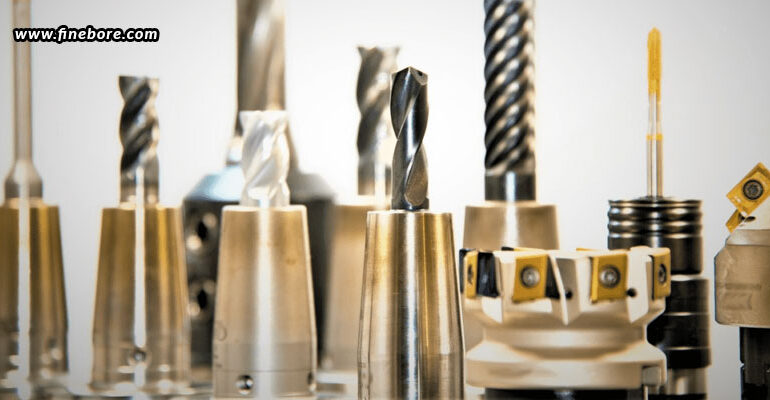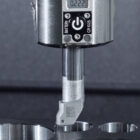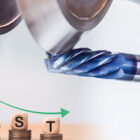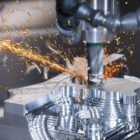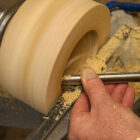The art of boring is fundamental to the field of machining. Boring operations are essential to many industries, from creating precise parts for machines to shaping everyday goods. However, as a reflection of varied histories, customs, and attitudes to craftsmanship, boring techniques and tools can differ greatly throughout cultures. In this investigation, we explore the worldwide machining landscape and find distinctive cultural differences in boring processes.
Europe: Precision and Tradition
Europe has a long history of machining, marked by traditional methods and precise engineering. Precision manufacturing nations such as Germany and Switzerland are known for their painstaking attention to detail while performing boring operations. In these areas, conventional horizontal boring mills with strong, dependable boring heads are still often utilized, especially for major industrial undertakings. Conversely, nations such as France and Italy have a more creative approach to machining. Here, skilled workers combine technical know-how with artistic sensibility to create complex shapes in materials like metal, wood, and marble using specialized boring equipment. For example, expert artisans in Italian Renaissance workshops employed complex boring methods to create sculptures and elaborate architectural features, leaving behind a legacy of unmatched beauty and skill.
America: Innovation and Adaptation
Boring operations in the United States, which is home to some of the top industrial companies in the world, are distinguished by their innovative spirit and unwavering quest of efficiency. Innovations in aerospace, defence, and other high-tech industries are fuelled by American manufacturers’ ability to make superior precision components at unparalleled speed and accuracy, thanks to state-of-the-art CNC machining centres outfitted with cutting-edge boring heads. Canada’s vast natural riches and ethnic past are reflected in the country’s varied array of machining methods. Canadian machinists use a wide range of boring equipment and techniques that are suited to the particular requirements of each sector and location, from robust manufacturing in rural areas to precise machining in metropolitan areas. The breadth of Canadian machining skill is as broad as the nation itself, whether it is used to drill for oil in the tar sands of Alberta or to create complex components for the aerospace sector in Quebec.
Asia: Innovation and Ingenuity
Asia has a long history of technical growth and inventiveness, making it a hub of machining innovation. Boring operations are performed with state-of-the-art equipment and uncompromising attention to quality in nations like Japan, renowned for their precise manufacturing and dedication to continual development. Japanese engineers are able to attain previously unheard-of levels of efficiency and precision, thanks to high-speed machining centres fitted with sophisticated boring heads. This leads to innovation in a variety of industries, including electronics and the automobile. Meanwhile, traditional machining processes coexist with technological advancements in nations like China and India, where workmanship has been refined over generations. FineTech Toolings in Bangalore, India is a prime example of how tradition and modernity can coexist in machining. As one of the best boring tools suppliers in Bangalore, we serve both regional craftspeople and multinational manufacturers with cutting-edge boring bars and heads, made for high-performance applications, exhibiting the same dedication to excellence as the best machining hubs on the planet. FineTech Toolings plays a significant role in the worldwide boring technology scene, where innovation and craftsmanship intersect, as our products are indispensable for a variety of industries, including aerospace and automotive.
Africa: Tradition and Innovation
The machining landscape of Africa is as varied as its people and cultures, fusing traditional practices with cutting-edge advancements. Machining processes are designed to extract and handle natural resources as efficiently and precisely as possible in nations like South Africa, where mining and manufacturing are major economic drivers. For instance, mining operations involving boring need for specific equipment and methods designed to meet the particular geological requirements of each location, demonstrating a thorough knowledge of the terrain and its resources. In the meanwhile, traditional machining skills coexist peacefully with technological innovations in nations like Nigeria and Kenya, where craftsmanship has been passed down through the years. Rural artisans preserve cultural traditions and support local economies by producing a wide range of items, from home products to agricultural implements, using basic hand tools and manual lathes. Machining connects Africa’s rich history and bright future in this way, acting as a link between tradition and innovation.
Machining techniques across the world exhibit an intriguing combination of culture, history, and workmanship, ranging from the precise engineering of Europe to the inventiveness of Asia, from the invention of North America to the tradition of Africa. Each place contributes a different viewpoint to the art of boring, whether it’s the exacting accuracy of German engineers, the creative flare of Italian craftspeople, or the innovative energy of American manufacturers. Examining these cultural differences in machining practices helps us understand the various ways that people influence the world we live in, one bore at a time.

